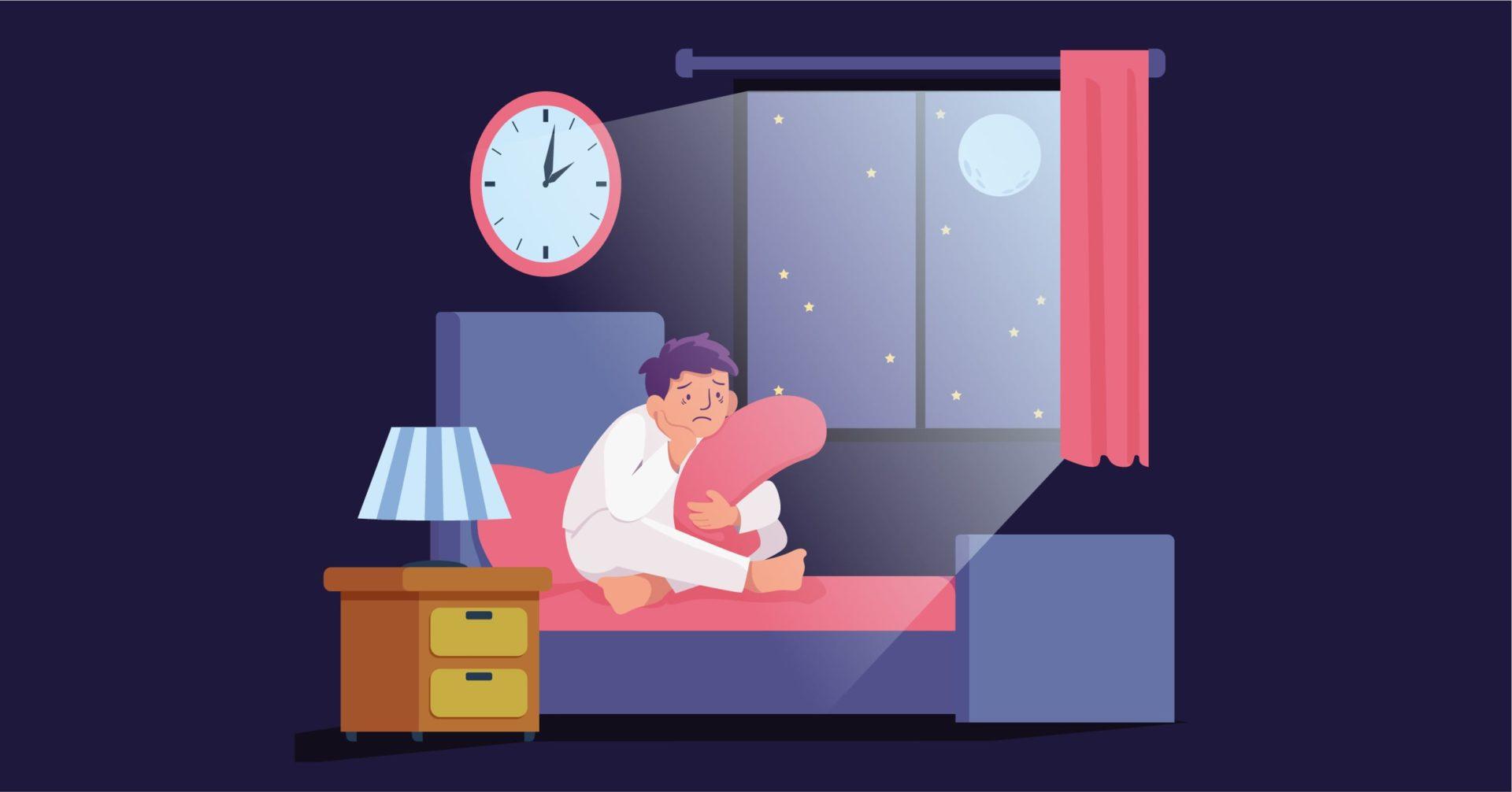Overview
Major or Mild Neurocognitive Disorder due to Traumatic Brain Injury is a neuropsychological disorder characterised by neurocognitive impairments. These impairments are caused due to blunt trauma to the head in such a way that it displaces the brain within the skull, or blast injuries.
Neurocognitive degeneration can be seen when the person has difficulties in attention span, exhibits executive dysfunction, learning and memory, social cognition, etc. In major or mild neurocognitive disorder due to TBI, initial signs of trauma are visible.
These include loss of consciousness, posttraumatic amnesia, disorientation and confusion, etc. Brain scans are often prescribed to find the location of the injury and determine treatment course.
In severe cases, damage to the brain may result in aphasia(trouble with language related functions), dyspraxia (trouble with motor function), neglect, etc.
In some cases emotional and behaviour issues such as irritability or apathy, personality changes are also common.
The severity of the disorder is based on the severity of function immediately after the injury and then the severity of the neurocognitive deficits. Severe TBI doesn’t necessarily mean a severe level of Neurocognitive deficits.
Several factors such as age, substance abuse, prior history of brain injury, etc. affect the outcomes.
The neurocognitive deficits can be major or mild. This distinction is based on the impairment and the level of assistance required for the person to carry out day to day activities.
Major deficits mean greater impairment and assistance with most basic day to day activities while mild deficits mean lesser assistance and the person can carry out basic day to day activities.
Major causes of TBI generally include vehicular accidents, falls, collisions or blows to the head. Contact sports injuries are also common. DSM-5 notes that, in America, about 2% of the population lives with TBI-related disability.
Common Signs and Symptoms
The signs and symptoms of this disorder vary according to the location of the damage and other confounding factors. However, post injury, following signs may be noticed:
- Loss of consciousness
- Posttraumatic amnesia
- Disorientation and confusion
Other signs may include NCD symptoms such as forgetfulness, personality changes, irritability or apathy, motor coordination issues, attention deficits, difficulty finishing regular day to day activities, poor memory, trouble with planning and disorientation. In severe NCD cases, aphasia, seizures, hemiparesis, dyspraxia are also seen.
Risk Factors
There is no saying who may be affected by TBI. However, general prevalence may be seen in certain age groups. Children before the age of 4 years, older adolescents and people over the age of 65 years are often prone to getting TBI due to falls.
Vehicular accidents are one of the leading causes of TBI among young people. Sports related TBIs are seen among older children, young adults and teenagers.
NCD related to TBI may be dependent upon the area of the damage. However, age, intoxication due to substance or alcohol, etc. affect the degree of severity of the NCD. Adults above the age of 40 years usually show more cognitive decline as compared to other age groups.
Diagnosis
Generally, post injury, people end up in the emergency rooms. Diagnostic procedures include a neuropsychological exam and then brain scan procedures such as an MRI, CT or PET scan.
These are helpful in determining the macroscopic as well as microscopic nature of the injury and help determine treatment outcomes.
For the diagnosis, following criteria must be met:
- Loss of consciousness
- Posttraumatic amnesia
- Disorientation or confusion
- Neurological signs as evidenced by various diagnostic procedures.
- Neurocognitive Deficits must be present immediately or within 24 hours of injury which may resolve or worsen over time, depending on the severity of the disorder.
Treatment
The treatment options for this disorder largely depend on the symptoms. The damage can’t be reversed in most moderate or severe cases. Hence, symptomatic treatment is the best option.
Physiotherapy is recommended for motor related symptoms and paresis. Speech therapy is recommended for speech related issues. Supportive psychotherapy is often recommended to deal with TBI-related disability.
Treatment can be costly and multiple adjustments are needed to pull through and finish day to day activities. Psychotherapy helps in coping with these issues in a healthy and helpful manner.
Medication is often prescribed for cognitive symptoms. Generally, medication provided for Alzheimers and Dementia related cognitive symptoms are prescribed and help manage the cognitive symptoms.
Antianxiolytics, antidepressants and antipsychotics may be administered on the basis of neuropsychiatric symptomatology.
Differential Diagnosis
Severity of neurocognitive symptoms may appear to be inconsistent with the severity of the TBI. After previously undetected neurological complications are excluded, the possibility of diagnoses such as somatic symptom disorder or factitious disorder need to be considered.
Posttraumatic stress disorder (PTSD) can co-occur with the NCD and have overlapping symptoms.
Comorbidity
Among individuals with substance use disorders, the neurocognitive effects of the substance contribute to the TBI-associated neurocognitive changes. Some symptoms associated with TBI may overlap with symptoms found in cases of PTSD, and the two disorders may co-occur, especially in military populations.
Specialists
Neurologists, neuropsychiatrists, neuropsychologists often give the diagnosis for this disorder. They may refer the person to a physiotherapist or a speech or language pathologist for further treatment. Neurosurgery is also performed in some cases.





